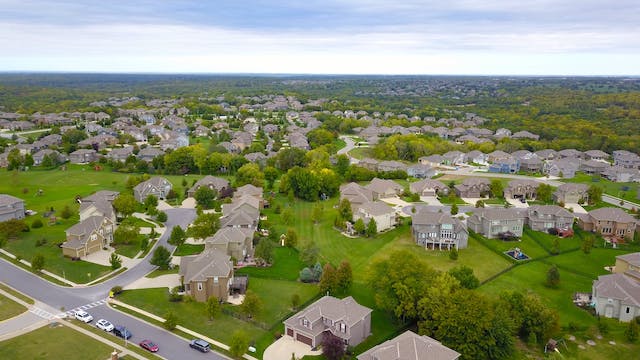In 1997, Metro — Portland’s regional planning agency — issued its 2040 plan to guide the region for the next several decades. The plan was supposed to be in response to a 1995 Future Vision statement written by a group of citizens. Now Metro revising the Future Vision and its plans, but a close look at the region reveals that it should completely scrap the planning process.
Downtown Portland and Mount Hood with the Vista Avenue Bridge — often called the Suicide Bridge — in the foreground. Portland’s quality of life has declined so much in the last 30 years that it is almost as if the city is trying to commit suicide. Photo by Spicypepper999.
The 1995 Future Vision called for “housing affordable for all,” “accessible employment centers throughout the region,” “equitable economic progress,” “public safety,” and reductions in poverty. By all of these measures, the region is worse today than it was in 1997, and this decline is almost entirely due to Metro’s 2040 plan. Continue reading


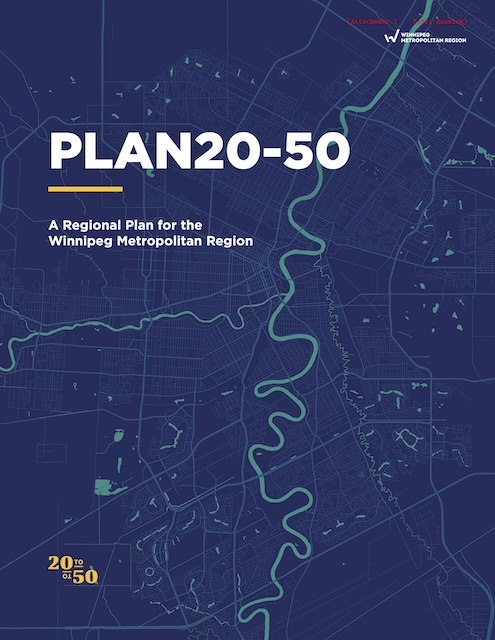

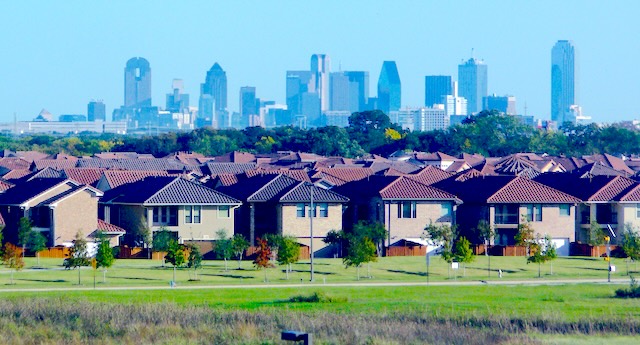
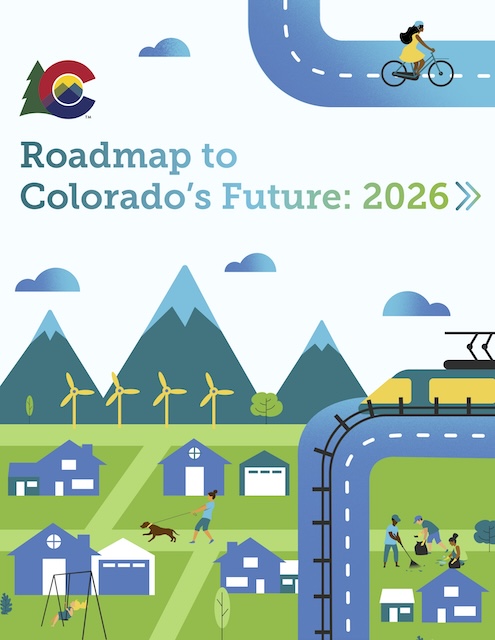
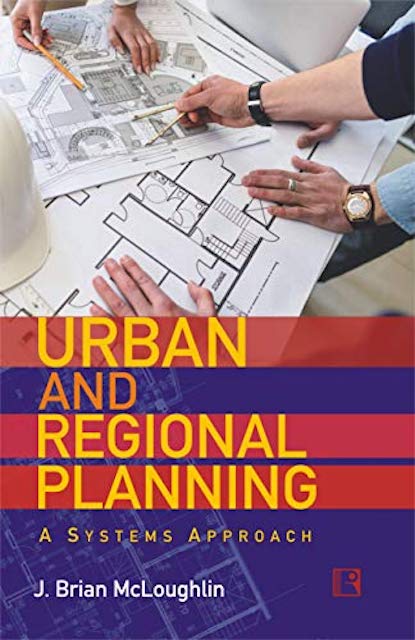 This
This 